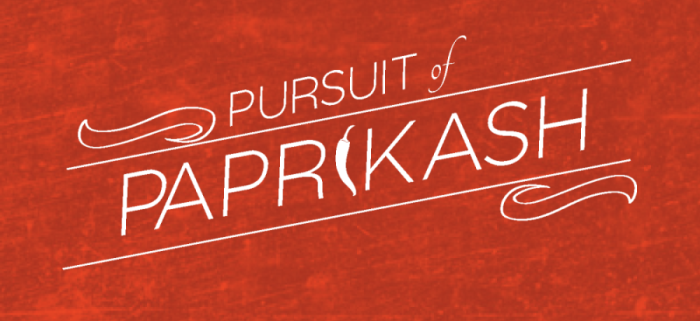Today, I butchered a rooster. It took two weeks to find a good bird. I named him Rascal and with the help of my family I murdered him in the backyard. This butchering brought up an issue I want to revisit. Remember when I challenged you to clean all of the meat off of your chicken bones? It was a request in my very first post and the challenge remains. Even more so now than before. Seriously, if you are going to eat chicken on the bone, you better get all of the meat. Suck, slurp, tear, do whatever you have to, but for the love of eating animals, clean that bone! Get over the gross part and clean it like you mean it. Like you truly appreciate and respect the life that was given in order for you to enjoy that piece of chicken with all of it’s fried, grilled, roasted and/or saucy glory.
If this is grossing you out, you should probably stop reading. Wait…no. If this is grossing you out, you should most certainly KEEP READING. I think we have become disconnected with how our food arrives on our plates. We go to the store, throw some things in the basket, cook it and eat it; probably wasting some of it (meat on the bone!) without really thinking about the process or resources that go into the dozen buffalo wings we suck down before the team even runs on the field. Being the butcher gave me the ultimate farm to table lesson and heightened my appreciation for the animals that give us juicy, meaty, delicious meals.
I have also learned that here in Hungary, every part of the animal is used. I mean, every part. The head, brains, kidneys, feet, lungs, EVERYTHING! Well, almost everything. I think the only thing I’ve seen go into the trash were the chicken claws, but that is simply a necessary safety precaution. The parts that are nowhere to be found in most U.S. markets are considered prized additions to traditional Hungarian dishes. Chicken paprikash is delicious, but if you can get your hands on some pig kidneys and a brain, you just took paprikash to another level! And soup? The bones and other parts make a broth oh so tasty!
This rooster butchering; my short-lived relationship with Rascal, made a big impact on me. It was one of the most enlightening things I have experienced in the past few months. It’s not about killing things, it’s about appreciating the food you eat and respecting where it came from and how it got to your plate. I know you all know that if you eat meat, an animal had to die, but even I, an avid food lover and cook have never seen the butchering of an animal from start to finish. I was raised in the city. I too generally grab my meat from the grocery and head on home without much thought about its life prior. It took me 33 years before my first bird butchering. It really struck a chord. And to top it off, I did it alongside my great-aunt Juci (pronounced Yoot-see). She doesn’t mess around. She’s an amazing cook, a mighty fine teacher and we’ve gotten really good at laughing together.
Here is our rooster story, from start to finish. I should warn you, some of what you will see may be unpleasant, but it is reality. Find a farm, get yourself a bird and go for it. I guarantee if you butcher your own, you’ll clean that bone.
This story is dedicated to Rascal, the rooster and the many animals who have allowed for our table’s bounty. May you appreciate their sacrifice this holiday season.
Some live video footage. My technique may not be the best, but in my defense, I couldn’t understand most of the directions given to me.
Uncle Sándor helps with the next step: submerging the bird in hot water to ease with feather plucking.
Juci and I plucking away.
The feathers are gone, but little hairs remain. Singeing them off is the best method.
What’s cooking without a little fun? I couldn’t help myself.
One more close inspection.
First to go, the feet. They are delicious after a couple hours of simmering.
A cleaver is the recommended tool for this project.
Into the pot the parts must go. Cousin Zoli stokes the fire and stirs the stew.
And finally, real, authentic, home-made from start to finish, rooster pörkölt in all of its glory.














4 Comments
Amazing. Thanks for sharing!
Thanks Geoff! So glad you enjoyed it! Stay tuned for the pig version!
I am about to go back and read again slowly to enjoy your words.
This is good and good of you.
That cleaver handle is excellent I suspect the gentleman in the picture made it.
Thanks Chas! Great to hear from you! I’m not sure if my uncle made the handle, but I’m sure it was handmade. It felt well constructed.